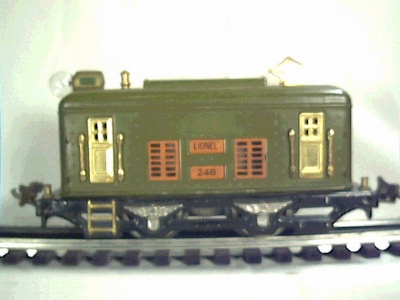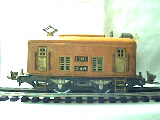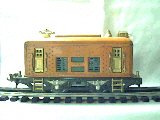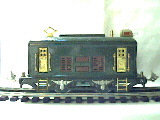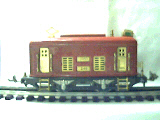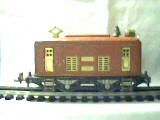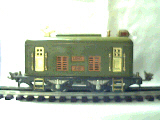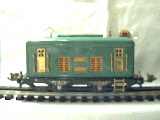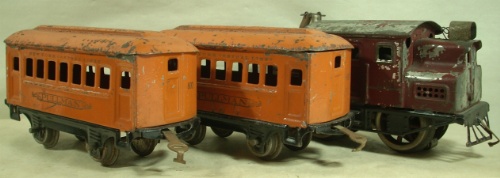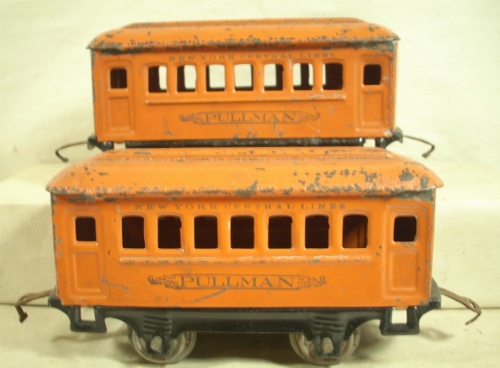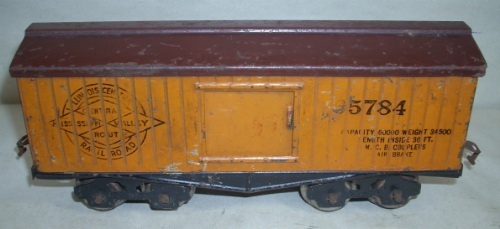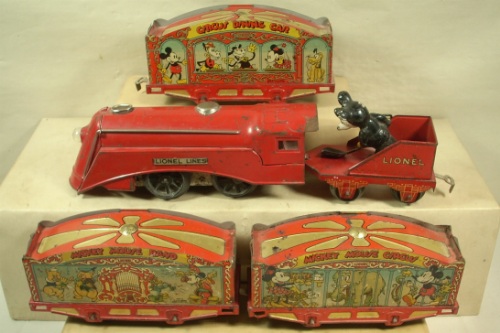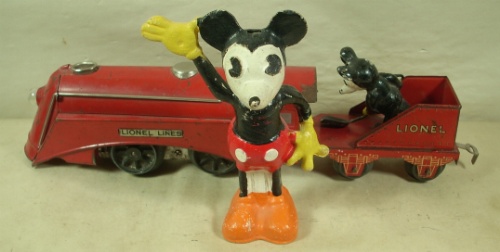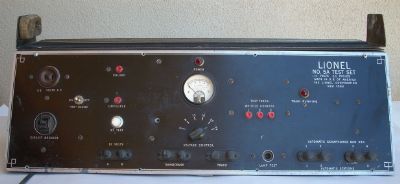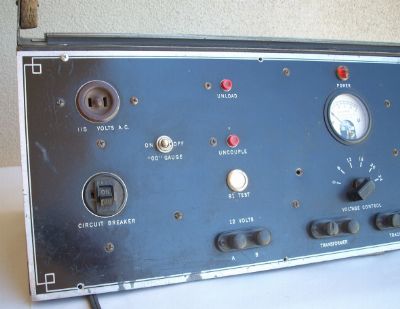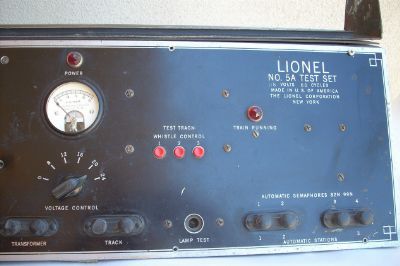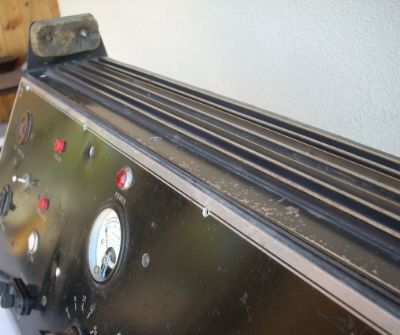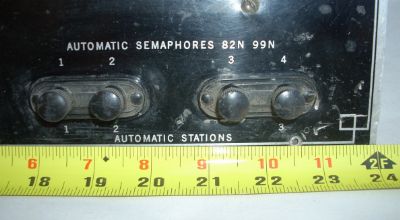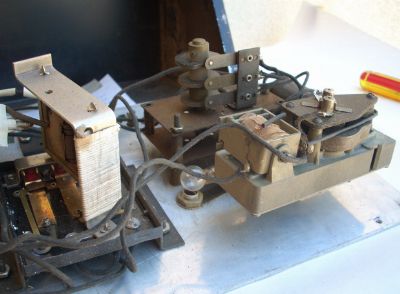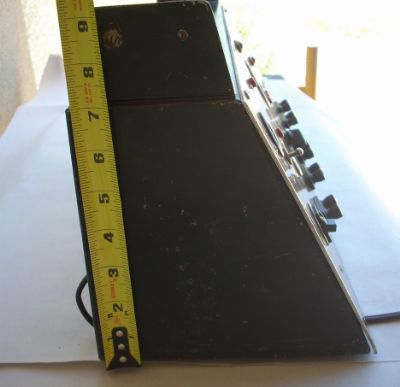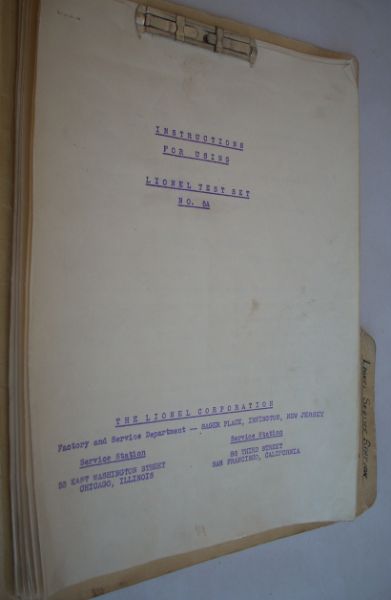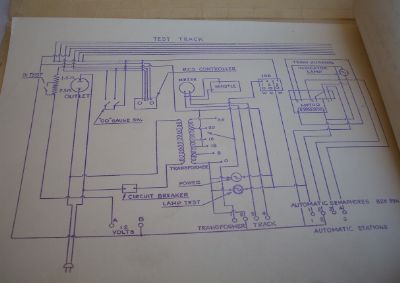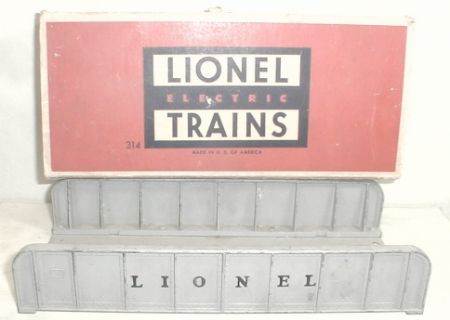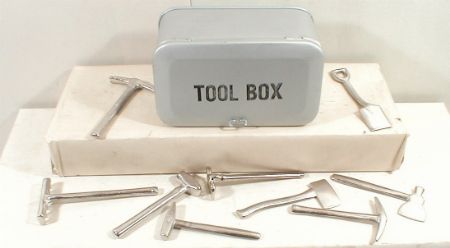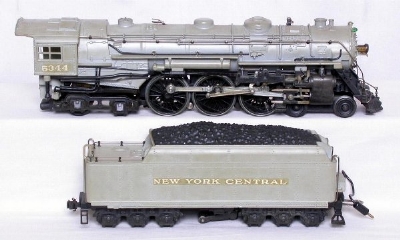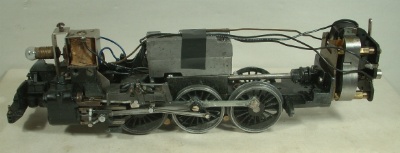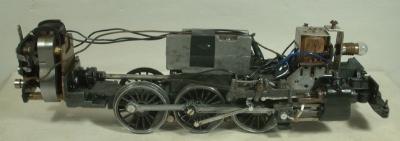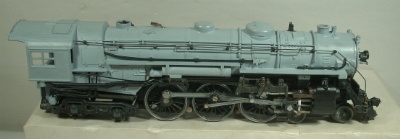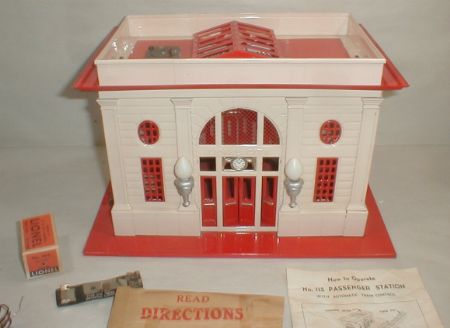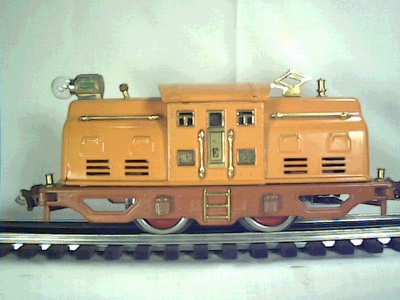
The 250 was only cataloged in 1926. The 252 was cataloged from 1926 to 1935. The 250 and 252 are the same engine but the 250 had NO reverse while the 252 had a hand reverse or later an Electric reverse (E unit). These engines are 8 inches long- not including the couplers. The earliest engines had strap headlights. The dark green 250 only comes with a strap headlight. While the peacock and olive 252s come with either strap or cast lights. The other colors only come with cast lights.
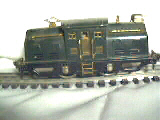
250 Dark Green. No reverse. |
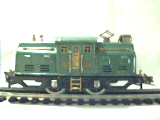
252 Peacock. Strap headlight. Also found with Die cast light. |
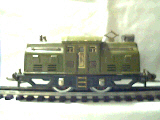
252 Olive. Strap headlight. |
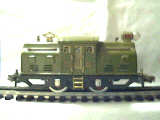
252 Olive. Cast headlight. |
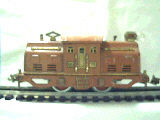
252 Terra cotta, Terra cotta. Also comes with maroon frame. Uncataloged. |
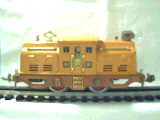 Yellow-orange, Terra cotta. See text below. |
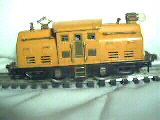
252 Yellow orange, Black frame. |
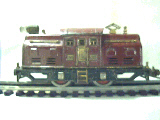
252 Maroon. This was a special for Macys’s. Uncataloged. 1930. |
| There is a body variation on the strap headlight engines. The earlier engines had wide reverse slots, and the later engines had narrow slots. The photo on the right shows both types of slots. The peacock loco on the left has a wide slot; the olive engine has the narrow slot. In this photo, I have removed the hand reverse lever for clarity. When Lionel changed the body to accept the cast light, the hand reverse lever was moved to the same end as the headlight. | 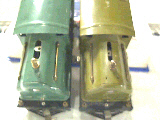 |
| The yellow orange and the terra cotta engines were also made with E units. The plate was never modified to have an E engraved on it. Lionel just rubber-stamped an E on the door. The yellow orange engines can be found with 250 plates on them, but they come in 252E boxes. Lionel was just using up leftover 250 plates. The reverse lever on the top of the engines with E units was used to turn the E unit on and off. The two-position pendulum E unit was not used on the 252. A three- position E unit without on off switch was used. Not all E engines have the rubber-stamped E on the door. | 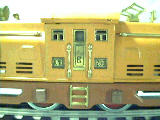 |
SETS: The dark green 250 came in sets with matching dark green 629/ 630 passenger cars, and the small 4 wheel 800 series freight cars. All colors of the 252 (except maroon) came in sets with the small 4 wheel 800 series freight cars. The peacock, yellow-orange, and maroon came in passenger sets with matching 603 or 607 type cars. The olive and terra cotta engines came with matching 529/ 530 series passenger cars.
Some collectors think the yellow-orange engine only came with the terra cotta frame and the terra cotta engines only came with maroon frames. They think collectors have switched frames to create yellow-orange engines with black frames and terra cotta engines with terra cotta frames. I don’t know if they are correct or not. All the engines shown here were purchased from other collectors. I think there are too many examples of these engines to be the result of switching, plus what happened to the maroon frames?
RARITY: The maroon Macys is the hardest to find. Next are the terra cotta, and the dark green 250. The peacock and olive engines are the easiest to find.
